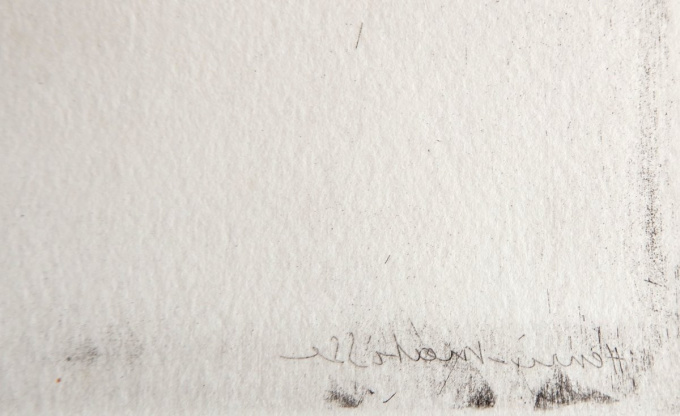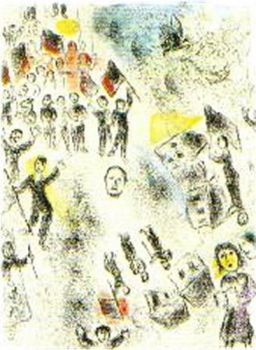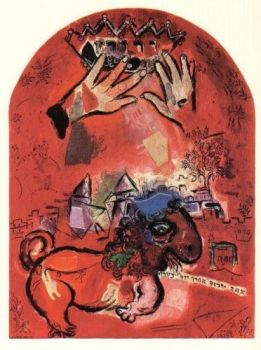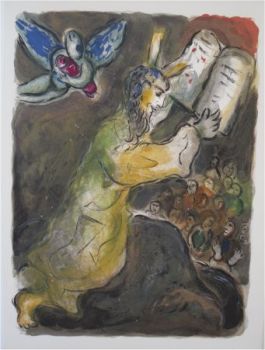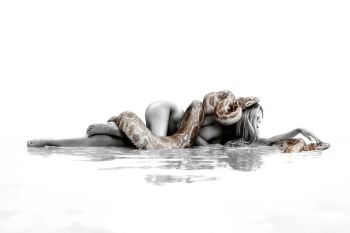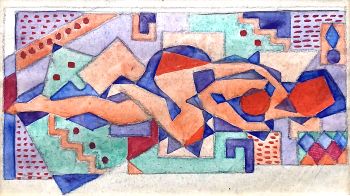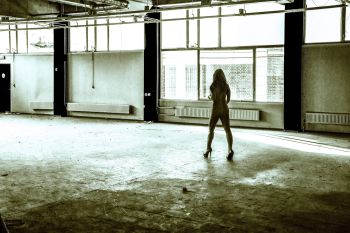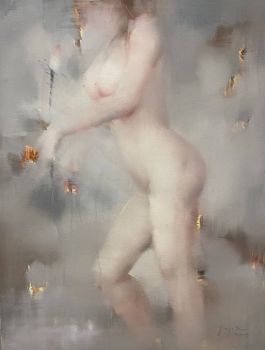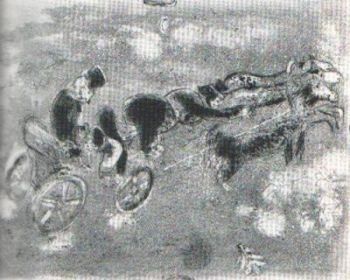Etching - 'Odalisque couchée' 1923
Henri Matisse
GravuraImprimir
ConditionExcellent
Preço em pedido
Dille Art
- Sobre arteEtching (eau-forte) by Henri Matisse from 1923. It is an original print, edited by the famous art dealer Ambroise Vollard, in an edition of about 150 copies. They are never numbered.
This etching was part of the collection of Henri Petiet, a well-known publisher, art dealer and a great collector. He had the largest collection of works on paper in the world. He bought the complete collection from Ambroise Vollard, after his unexpected death. Vollard didn't left a last will and had no heires.
This etching is included in the book by M. Duthuit-Matisse, Cl. Duthuit, Catalog rasonné de l'oeuvre grave, no 86.
Matisse created this eau-forte at a time when he showed great interest in Orientalism. He considers it an important foundation and studies patterns, fabrics and decorations. He makes many graphic works during this period in which the woman is an important theme, including the odalisque, an oriental slave/servant.
Matisse was not the only one who liked to paint an odalisque, often half-naked and looking boldly, they were depicted by several artists. This etching is a wonderful example of this.
The etching is printed on Vélin paper and signed on the plate by Matisse with 'Henri Matisse' (shown in mirror image). On the left lower corner are in small letters 'T.E.', which directs it can be one of the 6 examples (proofs) they made, 2 proofs on 3 different kind of paper. On the back is the hallmark of Henri Petiet, a circle with HMP. Number 86 is also noted in pencil. In addition, there were notes in pencil, including: Henri Matisse, l'Odalisque couchée, Eau-forte originale, 1923 and the note Duthuit-Garnand 86 and Johnson'80.
Separately mentioned is still listed ‘Vente Petiet, 2010 (HMP). All this is made visible at the rear. The etching is framed with acid-free cardboard and placed behind museum glass.
Eau-forte is an etching technique in which the artist paints or draws with acid in the etching plate, this was very popular around 1900, Camille Pissarro, to cite an example, was a great lover of this technique.
Dimensions:
Image:
Length: 19.8cm (7.8")
Width: 29.7cm (11.69")
Paper Size:
Length: 45.5cm (17.91")
Width: 57cm (22.44")
Framed:
Length: 65cm (25.59")
Width: 52.5cm (20.67") - Sobre artistaHenri Matisse (1869-1954) nasceu em Le Cateau-Cambrésis (Nord), filho de um comerciante de grãos na região da Picardia, no norte da França. Depois de estudar Direito, ele trabalhou como escriturário. Ele ficou gravemente doente quando Henri Matisse tinha 21 anos. Durante a fase de recuperação Matisse começou a pintar e descobriu seu amor pela arte, que deve se tornar sua paixão para toda a vida. Em 1892, ele desistiu de sua carreira de advogado. Frequentou aulas de arte na École des Beaux-Arts de Paris e suas obras foram influenciadas pelos pintores impressionistas e pós-impressionistas Pisarro, Cezanne, van Gogh, Gauguin e Paul Signac e pelas pinturas de W. Turner. Depois de uma exposição de seus trabalhos em 1905 no Salon d'Automne, o grupo em torno de Matisse e Andre Derain foi irônica e pejorativamente apelidado de Les Fauves, que significa literalmente The Wild Beasts. De 1905 a 1906 Matisse pintou uma de suas obras mais icônicas, The Joy of Life. Foi comprado pelo famoso colecionador de arte Dr. Albert C. Barnes. A escritora americana Gertrude Stein e seu irmão Leo foram os primeiros colecionadores e defensores das pinturas de Matisse. Outro admirador tornou-se Pablo Picasso, com quem trocou pinturas em 1907. Após a Primeira Guerra Mundial, Matisse ganhou grande reputação e era um artista reconhecido internacionalmente. Em 1917 ele deixou Paris e mudou-se para Nice, no sul da França, onde permaneceu até o fim de sua vida. Em 1925 ele recebeu o prêmio da Legião de Honra da França. Depois de 1941, quando foi operado por um distúrbio intestinal, passou a maior parte do tempo acamado; depois de 1950, ele sofreu de asma e problemas cardíacos. Teve um efeito devastador em sua saúde e habilidade para pintar. Ele não conseguia ficar de pé na frente de um cavalete. O artista, portanto, voltou-se para outra forma de expressão artística. Ele criou recortes de papel com as mesmas cores vivas e fortes e composições ousadas conhecidas em suas pinturas. Ele tinha um assistente e podia trabalhar deitado na cama ou sentado confortavelmente em uma poltrona. Henri Matisse morreu em 3 de novembro de 1954 em Nice como um artista internacionalmente famoso.
Você está interessado em comprar esta obra de arte?
Artwork details
Categoria
Assuntos]
Estilo
Material e Técnica
Cor
Related artworks
- 1 - 4 / 24
Lawrence Alma-Tadema
"Caracalla and Geta: Bear Fight in The Coliseum, AD 203" 1907
Preço em pedidoGallerease Selected
 Com curadoria de
Com curadoria deDanny Bree
1 - 4 / 24Jean Metzinger
Cubist nude lying with bent leg, circa 19201910 - 1920
Preço em pedidoGallerease Selected
1 - 4 / 24- 1 - 4 / 24
Artista Desconhecido
Japanese art deco lacquervase with Scarab beetle motif1920 - 1950
Preço em pedidoDille Art
1 - 4 / 12







